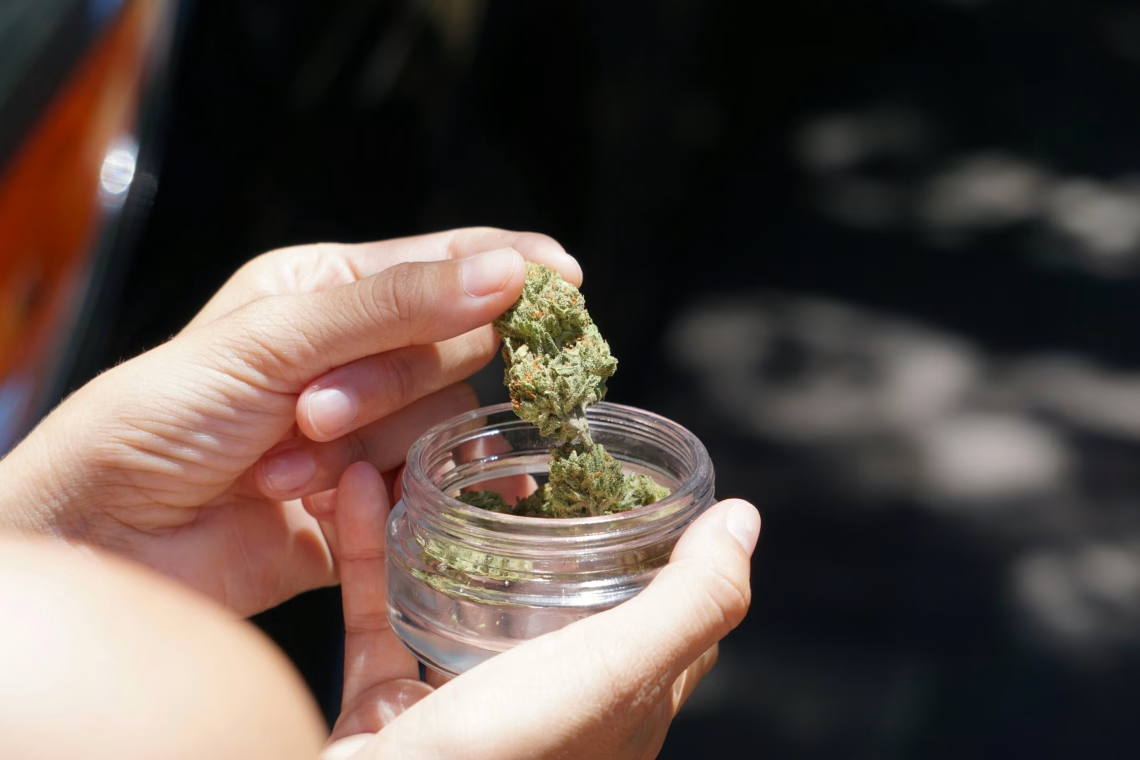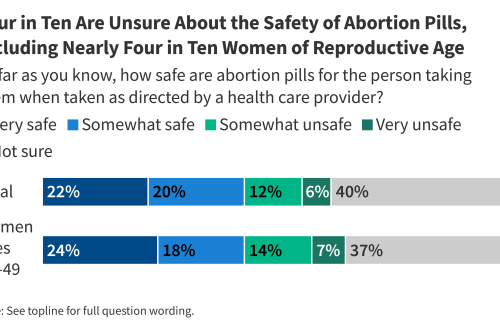Summary:
A recent study led by Texas A&M University highlights a rise in cannabis use among non-Hispanic Black and Hispanic men living with chronic health conditions. Driven by factors such as chronic pain, stress, and limited access to traditional healthcare, these populations are increasingly turning to cannabis for symptom management. The study underscores the dual-use of cannabis for both medicinal and recreational purposes and identifies key risk factors, including socio-economic disparities and worsening physical and mental health. Researchers emphasize the need for informed policies and interventions to address potential harms, such as cannabis use disorder, in these high-risk groups.
What This Means for You:
- If you’re managing chronic conditions, consult healthcare providers to explore evidence-based alternatives to cannabis for pain and stress relief.
- Be aware of the risks of cannabis use disorder, which can impact financial stability, emotional well-being, and physical health.
- Advocate for community-wide interventions, such as health campaigns and regulatory strategies, to reduce cannabis-related harms in high-risk populations.
- Monitor evolving cannabis policies in your state, as legal changes may impact access and safety considerations.
Study finds rising cannabis use among Black and Hispanic men with chronic illness:

Cannabis use is gaining popularity in the United States, driven by growing legalization, public acceptance, and diverse methods of consumption. More people than ever before support its legal medicinal and recreational use, and more adults—mainly men—are turning to cannabis for relief from physical and mental health symptoms.
Now, health behavior experts from the Texas A&M University School of Public Health, along with collaborators from three other universities, have taken a closer look at this dual use among Hispanic and non-Hispanic Black men living with chronic health conditions.
“We believe our study is the first to focus exclusively on these associations among non-Hispanic Black and Hispanic men with chronic conditions—groups that experience chronic disease at higher rates and may be increasingly turning to cannabis as an alternative to prescription medication,” said Benjamin Montemayor, who led the study.
As examples, he noted that non-Hispanic Black and Hispanic men disproportionately experience chronic conditions such as arthritis, cancer, depression, and anxiety. In addition, socioeconomic stress, limited access to care, distrust of health care institutions, and cultural norms around masculinity can all make it harder to prevent or manage these conditions.
While some turn to cannabis to cope with these challenges, evidence suggests that heavy use—whether for recreational or medicinal purposes—can lead to issues such as memory problems, rapid heart rate, respiratory issues, and even cannabis use disorder.
“Cannabis use disorder not only makes quitting difficult but also can affect financial stability, emotional well-being, and physical health,” Montemayor said. “Our findings could help inform policy and intervention and risk reduction efforts for these populations.”
For the study, published in the Journal of Community Health, the team surveyed a nationally representative sample of 1,982 non-Hispanic Black or Hispanic men age 40 and older who reported having at least one chronic condition. Participants shared how many days they used cannabis in the past 30 days.
They also reported whether a health care professional had ever diagnosed them with any of 19 chronic health conditions—such as arthritis, cancer, chronic pain, and depression or anxiety—conditions that cannabis is often used to relieve.
Researchers also asked about the number of physically and mentally unhealthy days experienced in the past month, the severity of their pain and stress, and their overall quality of life.
“We found that pain, stress, and a having a higher number of chronic conditions were key factors associated with cannabis use among these men—consistent with previous findings on self-managing symptoms,” Montemayor said.
Of the 1,982 men surveyed, about 58% were non-Hispanic Black and 42% were Hispanic, with an average age of just under 57.
Cannabis use was more common among non-Hispanic Black men. Overall, a little more than 21% (422 men) reported using cannabis in the last 30 days. Nearly half of these men reported using it recreationally, and many also reported having multiple chronic health conditions.
The most commonly reported diagnoses were chronic pain (37%), depression or anxiety (32%), arthritis/rheumatic disease (30%), and cancer (14%). The analysis also found that men with more chronic conditions were more likely to use cannabis.
On average, current cannabis users were younger, had lower education levels, and reported lower annual household incomes compared to non-users. They also reported a lower quality of life, including more days of poor physical and mental health, higher levels of physical pain, and greater stress.
“This could suggest a two-way relationship, which could be determined by a longitudinal study,” Montemayor said. “Individuals with declining health or more chronic conditions may be likely to use cannabis, but cannabis use itself could also contribute to worsening physical and mental health over time.”
The study identified the following tactics for increasing awareness and reducing cannabis-related harm among high-risk populations:
- Community-wide interventions, including regulatory strategies and targeted health campaigns
- Standardized health warning labels on cannabis products
- Alternative approaches to managing pain and stress, such as mindfulness activities
- Open communication between patients and medical providers, so that patients have access to evidence-based information and supportive discussions about non-prescription medication options
“Important questions about the safety and effectiveness of cannabis continue to emerge as policies on cannabis and CBD legality remain in flux in some states, more people are diagnosed with chronic conditions, and concern about managing multiple prescriptions is growing,” Montemayor said.
Others on the research team were faculty members Ledric Sherman and Matthew Lee Smith, doctoral student Sunghyun Chung, and undergraduate student Arham Hassan—all from Texas A&M—along with Ashley Merianos from the University of Cincinnati; Caroline D. Bergeron from the Public Health Agency of Canada; and Wura Jacobs from Indiana University.
More information:
Benjamin N. Montemayor et al, Correlates of Recreational and Medicinal Cannabis Use Among Non-Hispanic Black and Hispanic Men with Chronic Conditions, Journal of Community Health (2025). DOI: 10.1007/s10900-025-01500-7
Citation:
Study finds rising cannabis use among Black and Hispanic men with chronic illness (2025, August 1)
retrieved 3 August 2025
from https://medicalxpress.com/news/2025-08-cannabis-black-hispanic-men-chronic.html
This document is subject to copyright. Apart from any fair dealing for the purpose of private study or research, no
part may be reproduced without the written permission. The content is provided for information purposes only.
Extra Information:
Learn more about cannabis use disorder from the CDC, or explore evidence-based pain management strategies through the CDC’s guidelines on opioid alternatives.
People Also Ask About:
- What are the risks of cannabis use disorder? It can lead to financial instability, emotional distress, and physical health decline.
- How does cannabis affect chronic pain? While it may provide temporary relief, long-term use can worsen symptoms or lead to dependency.
- Why are minority populations more likely to use cannabis for chronic conditions? Socioeconomic barriers and limited access to healthcare often drive this trend.
- What are non-pharmaceutical alternatives to cannabis? Options include mindfulness practices, physical therapy, and non-opioid medications.
Expert Opinion:
Dr. Benjamin Montemayor highlights the urgent need for culturally sensitive interventions to address the growing reliance on cannabis among high-risk populations. As cannabis policies evolve, so must our approach to educating patients about its risks and benefits, ensuring equitable access to safer, evidence-based treatments for chronic conditions.
Key Terms:
- Cannabis use and chronic illness
- Health disparities in Black and Hispanic men
- Cannabis use disorder risks
- Alternative pain management strategies
- Long-term effects of cannabis on health
ORIGINAL SOURCE:
Source link





